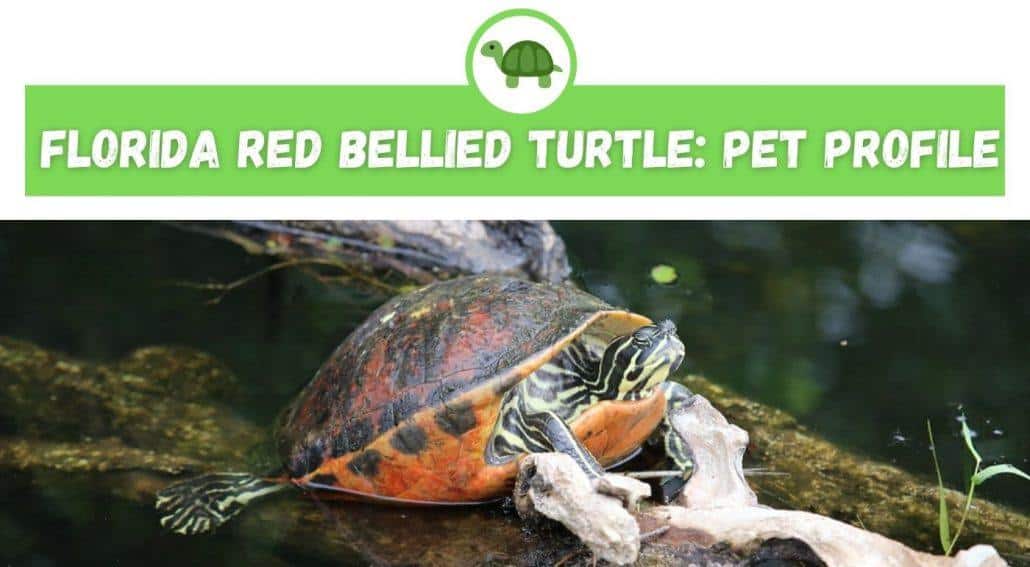
Yellow-bellied slider turtles’ diet depends on their age. At each stage of development they require leafy greens, fruit and commercially produced turtle pellets as sustenance.
Overfeeding turtles should be avoided at all costs as this can cause shell pyramiding – causing their bodies to extend outside of their shells and over time cause health issues in them.
Contents
Feeding
Yellow bellied slider turtles are omnivorous animals and typically feed on commercially prepared turtle pellets supplemented by leafy greens, fresh fruit, crickets and occasional treats such as worms or fish. Being fast feeders by nature, they will quickly devour anything that comes their way and don’t know when their next meal might arrive!
As they mature into adults, turtles tend to transition toward becoming vegetarian diets consisting of up to 95% plant material. It is essential to monitor the amount of protein consumed as too much may lead to metabolic bone disease or other health concerns in your turtle.
An effective approach for calculating how much food to feed your turtle is the “size of its head” technique. Simply place its head into its tank, estimate how much food would fill its mouth, and dole out accordingly. By adhering to this guideline you will avoid overfeeding your turtle and overstuffing its belly; furthermore this method will prevent health issues like fungal infections, swollen eyes or deformed shells.
Water
Yellow bellied slider turtles love spending their time in water, basking, swimming and feeding themselves. But if they become stressed from harsh touch, poor water conditions or overcrowded habitat they might become less hungry than expected.
Baby yellow-bellied sliders grow quickly, so they require regular feedings using the size of their head method. It is therefore vital that their diet be tailored accordingly.
Turtles need a healthy diet that includes pelleted trout chow, catfish flakes or koi chow. Furthermore, leafy greens such as romaine lettuce, escarole or collard greens are necessary as treats; additional treats could include aquatic plants or fruits.
Live food such as crickets, blood worms and daphnia are an ideal source of nutrition for turtles, but just be sure that any feeder insects or meat you give them do not contain fat, bones or toxins – avoid giving processed foods like cheese, bread pasta salami or bacon!
Habitat
Yellow bellied sliders, as semi-aquatic turtles, need time on land as well as in water in order to regulate their body temperature, so their tank/pond must provide ample land space.
Yellow bellied sliders prefer habitats composed of sand or fluorite. Gravel, pebbles and dirt should not be present as these substrates could potentially pose risks. Plants provide additional oxygen, natural filtration and help control algae – waterweed, anubias, mosses or flower pots are excellent examples; plastic boxes, wooden logs or leaf litter also make great hiding spaces.
As they are omnivorous animals, adult yellow bellied sliders should have a diet consisting of vegetables and pellets as their staple foods, with occasional treats of fruits for variety. Worms or other meaty items should not be fed to these pets due to potential diseases and germs they could carry that could endanger the local ecosystem and other pets in its environment. It’s also wise to note that domesticated turtles should never be released back into the wild due to potential disease transmission that could harm ecosystems in that location as they could spread diseases that threaten local ecosystems – it should only ever stay inside!
Exercise
Yellow-bellied slider turtles are aquatic turtles that feed in water environments like a pond, creek, ditch or lake. If keeping one as an aquarium resident, consider adding live plants such as Swiss Chard or Collard Greens as additional vitamins and nutrients and also to help control algae.
Wild yellow-bellied slider turtles feed on greens, insects, and small fishes; as they age they transition more towards being herbivorous. Commercial aquatic turtle diets may be suitable for young yellow-bellied sliders; supplement these diets with fresh vegetables or live prey such as crickets or worms to increase protein consumption for older sliders.
Yellow-bellied sliders should not be seen as cuddly pets and will bite if threatened. Most active during the day and tend to spend much of their time basking in the sun. If your yellow-bellied slider begins acting lethargic or basking more often than swimming, seek medical assistance immediately.




